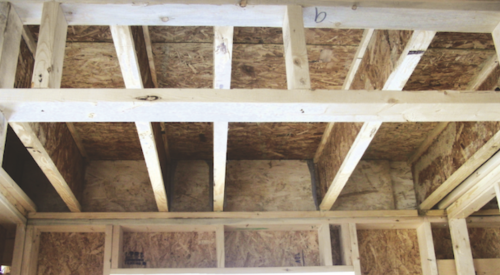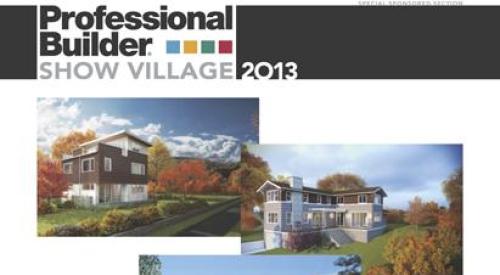At a recent conference, I shared an analogy that bears repeating here. The auto industry has experienced tremendous changes over the past five decades. If you look at a car built today as compared to one built in the 1960s, the differences are significant. Safety features, engine performance, fuel economy, interior amenities, among other advances. The real question is, would you pay today’s prices for a new car built to the same features and specifications of a 1960s equivalent? Are old tried-and-true methods better than newer technologies?
In home building, historic methods are often deemed “better.” Most framing systems mimic 50-year-old methods and are judged to be higher quality because of their history in the industry. While these systems work, they often take more material, more time to construct, and end up reducing the overall performance of the home.
Just look at the image to the right. How many studs do you really need? The picture represents one of four window stacks in this home, all built the same way. Reducing the number of studs by half would still yield a wall with strength to support the above roof system. Plus, the reduction of in studs allows more insulation in a wall that is thermally compromised by the inclusion of so many windows. This small change alone will save about $35 of material and potentially stop a warranty call with improved insulation.
The lesson is don’t simply accepted the tested framing techniques of previous generations. These methods accomplish two important tasks on the road to more sustainable construction. First, material usage is lower, reducing our impact on natural resources used to produce our homes. Second, the home will be more comfortable and utilize less energy to heat and cool the space as insulation usage will go up.
Review your current practices and revise them to maximize value for your consumers, increasing your bottom line.












